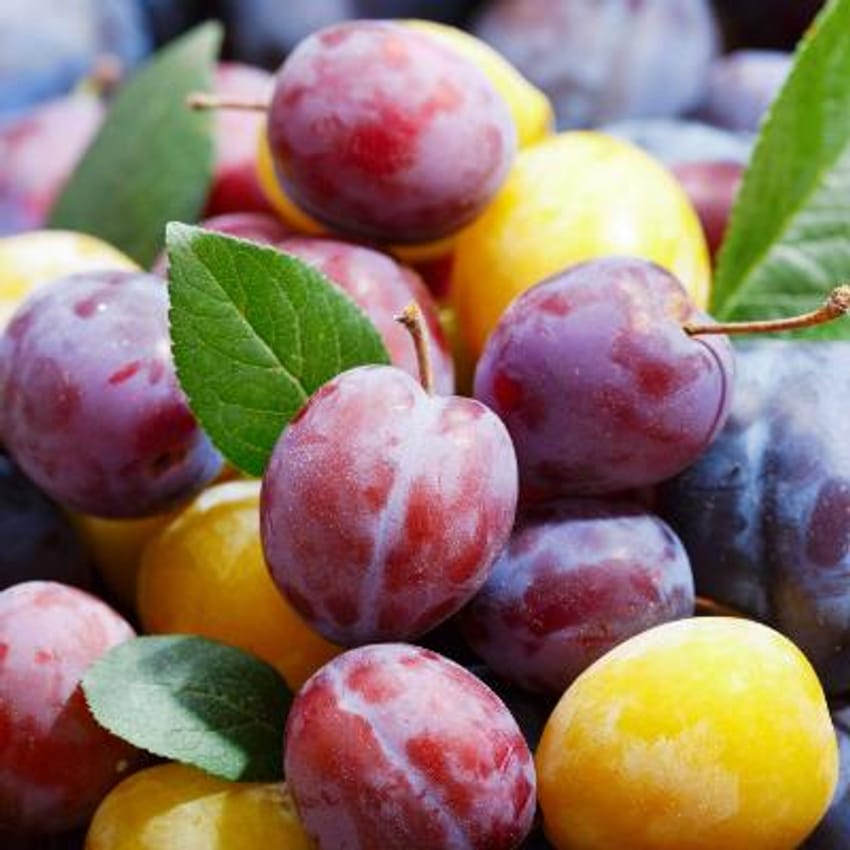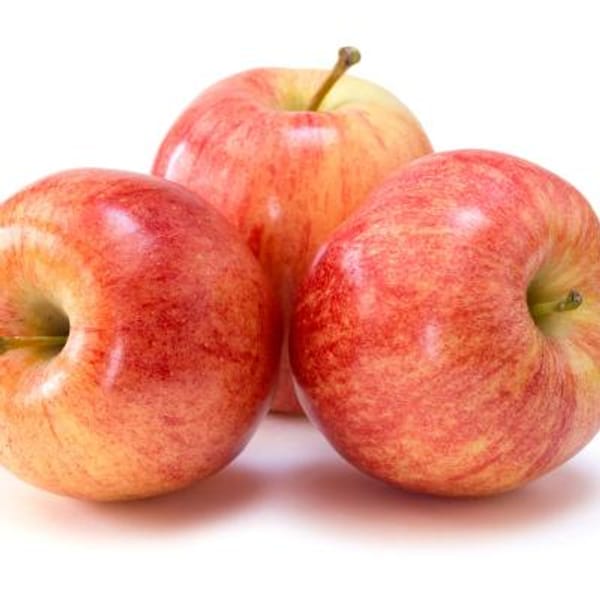Sold out for the 2025 Season. We will have bareroot fruit trees available again for pre-order in Fall 2025 and they will be shipped starting January 2026.
Multi Budded Fruit "Japanese Nubiana" Plum- Variety Information
-
Possible Varieties: Nubiana, Elephant Heart, Late Santa Rosa, Laroda, Beauty. Send us an email if there is 1 particular variety you would like and we will do our best to accommodate you.
- Taste the delicious flavor of 3+ fresh plum varieties plucked right from your backyard tree.
- Multiple-budded ("Multi-budded") fruit trees will give you 3 or more fine selections of tree-ripened fruit from the space of a single tree.
- Compared to single-variety fruit trees, multiple-budded trees require some special consideration, especially with regard to pruning.
- USDA Zone 6-9, Requires 250-500 chill hours to set fruit. Protect when temperatures fall below -10°F.
- Grafted onto Citation rootstock.
- Click here to view "Fruit Tree Rootstock Information"
- Click here to view our "Fruit Tree Variety Chart"







